Block Style Business Letter Format Template
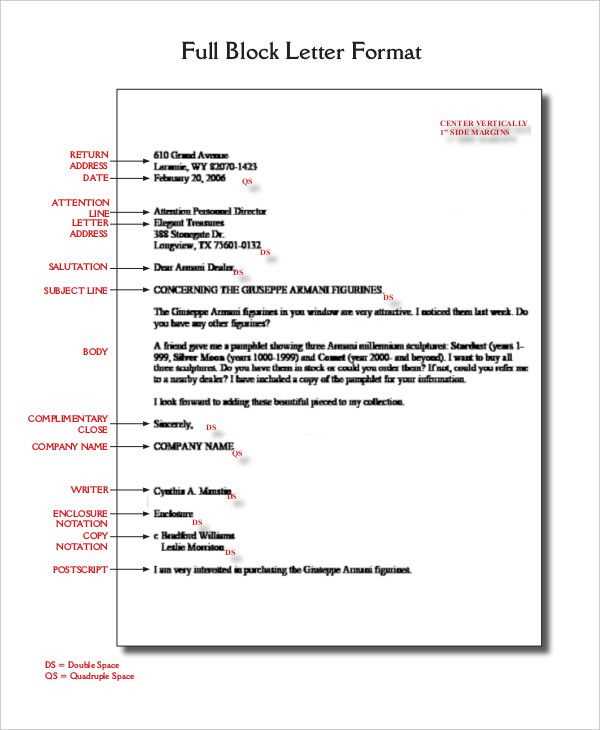
When preparing official documents for communication, clarity and structure are essential. A well-organized approach ensures that the message is conveyed efficiently and professionally. This method focuses on clear alignment, uniform spacing, and a straightforward arrangement of key sections.
Adopting a simple yet effective design allows for easy readability, which is crucial in formal exchanges. The arrangement of content plays a vital role in presenting a polished image and enhancing the impact of the communication. Understanding the components and best practices is fundamental to achieving a high-quality presentation.
Following a precise structure can make your communication appear more credible, ensuring that all critical elements are easy to identify. This practice is widely used in corporate and official contexts, helping to establish professionalism and streamline communication.
Understanding the Layout for Professional Correspondence
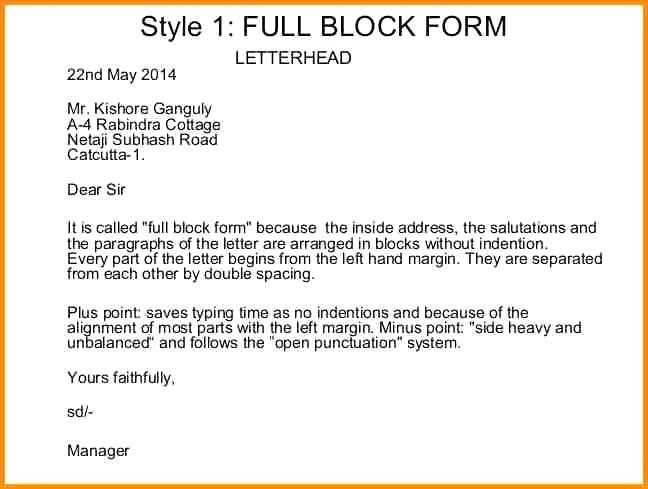
In any official communication, presenting information in an organized and systematic manner is crucial. The method of structuring the content ensures clarity and allows recipients to easily navigate the document. Proper alignment and consistency throughout the structure can greatly impact the perception of professionalism.
One of the most widely adopted approaches is centered around simple formatting rules, focusing on the precise positioning of each section. This helps convey the message effectively, without unnecessary distractions or confusion. Below is an example of how key elements are typically arranged in this format:
| Section | Details |
|---|---|
| Sender’s Information | Placed at the top, aligned to the left with name, address, and contact details. |
| Recipient’s Information | Listed below sender’s details, also aligned to the left with name and address. |
| Subject | A concise and clear heading, centered or left-aligned depending on preference. |
| Body | Content of the message, broken into clear paragraphs with no indentation. |
| Closing | A formal sign-off, aligned to the left, followed by the sender’s signature and name. |
This layout is designed to ensure that the information is easy to follow, promoting efficient communication while maintaining a formal tone. By adhering to these simple yet effective guidelines, the document remains neat and professional, with each section easily distinguishable from the next.
Key Features of a Professional Correspondence Layout
The most effective method for structuring formal communication revolves around simplicity and clarity. By following a consistent layout, each element of the document is easy to identify and navigate, ensuring that the reader’s attention is focused on the message itself. The simplicity of the design emphasizes a neat and professional presentation, with nothing that detracts from the content.
One of the key characteristics of this approach is the alignment of all sections to the left margin, eliminating the use of indentation at the beginning of paragraphs. This creates a clean, uniform appearance, making the document appear organized and straightforward. Additionally, the spacing between sections is consistent, allowing each part of the correspondence to stand out clearly.
Another important feature is the arrangement of content in a logical order. The sender’s information is placed at the top, followed by the recipient’s details. A subject heading may be included next, ensuring the purpose of the communication is immediately clear. The body follows, typically divided into short paragraphs, and is concluded with a formal closing and signature.
These key characteristics all work together to create a formal and professional document that is easy to read, conveys information efficiently, and leaves a lasting positive impression on the recipient.
How to Structure Your Professional Correspondence
Creating a well-organized document requires understanding the flow and order of its sections. Each part of the communication serves a specific purpose and should be placed in the correct position to ensure clarity and ease of reading. Structuring the content properly helps convey a sense of professionalism and respect for the recipient’s time.
Start with Sender’s Information
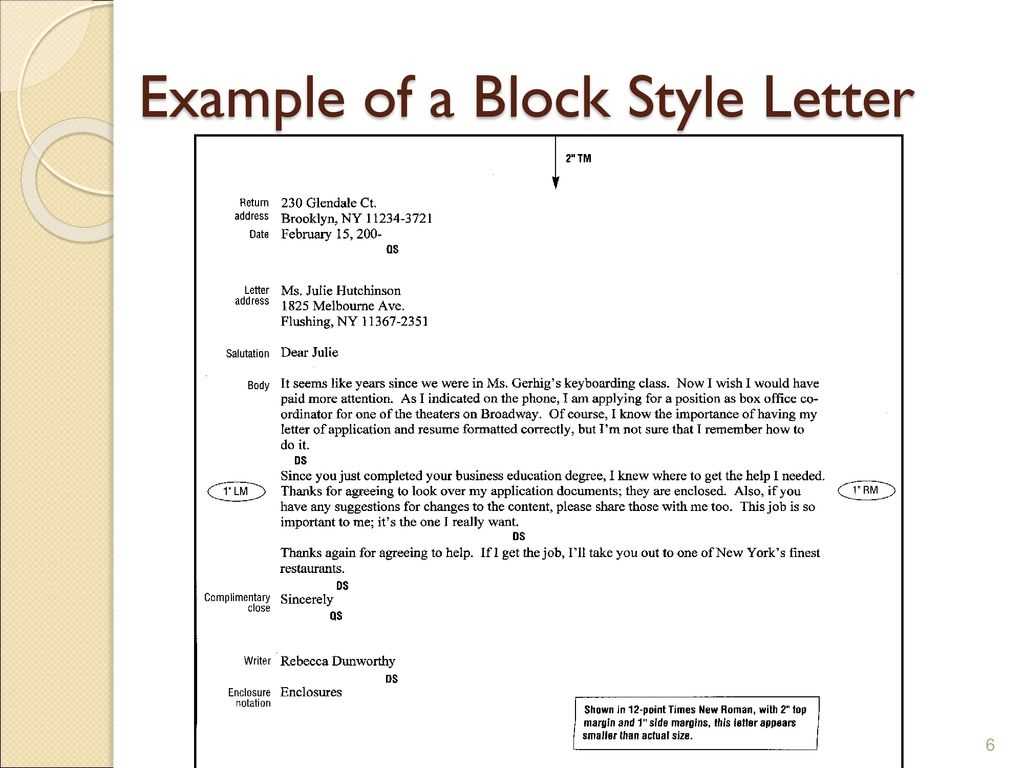
The first section of any formal document should contain the sender’s details. This typically includes the sender’s name, address, and contact information. This part is placed at the top left of the page, ensuring it is immediately visible to the reader. If necessary, the date can be added here as well, either on the same line or below the sender’s information.
Include Recipient’s Details
Next, provide the recipient’s full name, title, and address. This is positioned below the sender’s information, aligning it to the left as well. If there is a specific subject related to the communication, it is often placed after the recipient’s details to clarify the purpose of the correspondence.
By maintaining a logical and consistent structure throughout the document, you ensure that the message is delivered clearly and professionally. This structure is simple but effective in making a positive impression on your audience.
Formatting Tips for Professionalism
When crafting formal communications, the way you present your content can make a significant difference in how your message is received. Clear, concise, and consistent formatting enhances readability and conveys a sense of professionalism. Proper alignment, spacing, and attention to detail help ensure that the document looks polished and well-organized.
Consistency is key. Ensure that all sections are aligned properly, with uniform margins and no irregular spacing. Avoid excessive use of bold or italics, as it can create visual clutter. The use of a single font throughout the document keeps the presentation clean and cohesive.
Attention to detail is also essential. Small adjustments, like ensuring all paragraphs are separated by a single line and that there are no stray spaces, can make a huge impact. Additionally, consider the tone and structure of your language, as it should match the formal nature of the document.
By following these formatting tips, you create a visually appealing and professional document that not only conveys your message effectively but also establishes credibility and trust with the recipient.
Common Mistakes to Avoid in Professional Correspondence
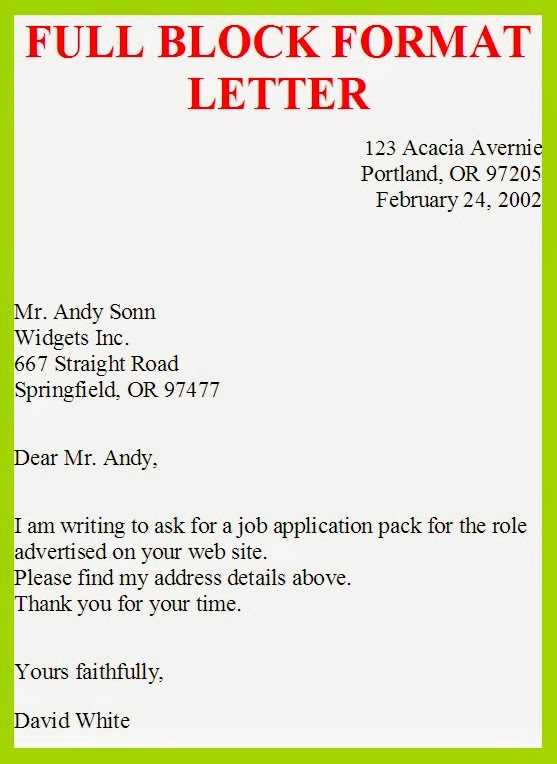
When preparing formal documents, it’s easy to overlook small details that can impact the effectiveness of your message. Certain missteps in structure, tone, or presentation can reduce the professionalism of your communication. Avoiding these mistakes ensures that your message is clear, respectful, and polished.
- Incorrect alignment: Misaligned sections or inconsistent margins can make the document appear unorganized and unprofessional.
- Excessive or improper punctuation: Overuse of exclamation marks or unnecessary punctuation can make your communication seem informal or careless.
- Lack of clarity: Vague language or unclear sentences may confuse the reader. Be direct and precise with your message.
- Ignoring the recipient’s title: Always address the recipient properly by using their correct title and full name, showing respect and professionalism.
- Improper spacing: Too much or too little space between sections can disrupt the flow of the document. Consistency is essential for easy readability.
By being mindful of these common mistakes, you can ensure that your communication maintains a high standard of professionalism and effectively conveys your intended message.
When to Use a Structured Layout for Correspondence
Choosing the right method for arranging formal communications is important for ensuring the message is received clearly. While there are different approaches to structuring a document, a simplified, organized format works best for certain situations. This layout is most effective when you need to present information in a concise, professional manner without unnecessary decoration or complexity.
Professional and Formal Situations
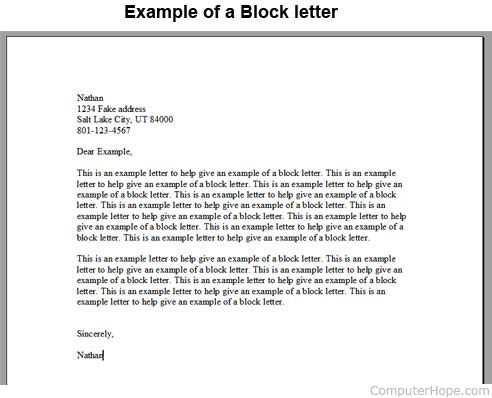
Whenever you are communicating in a professional or corporate environment, a clear and organized format is essential. This includes scenarios like job applications, official requests, and business updates. Using a structured layout ensures the recipient can quickly understand the purpose of your message and find relevant details without distractions.
When Clarity and Simplicity Are Crucial
For straightforward communication where clarity and simplicity are key, adopting this arrangement minimizes the chances of misunderstandings. It is ideal for situations where time is of the essence, such as legal notifications or urgent communications. By avoiding complex formatting and keeping the layout simple, you create a document that is easy to read and navigate.
In summary, this approach should be used when professionalism, efficiency, and clarity are the priorities. It helps ensure that your communication is taken seriously and that the information is presented in a way that respects the recipient’s time.